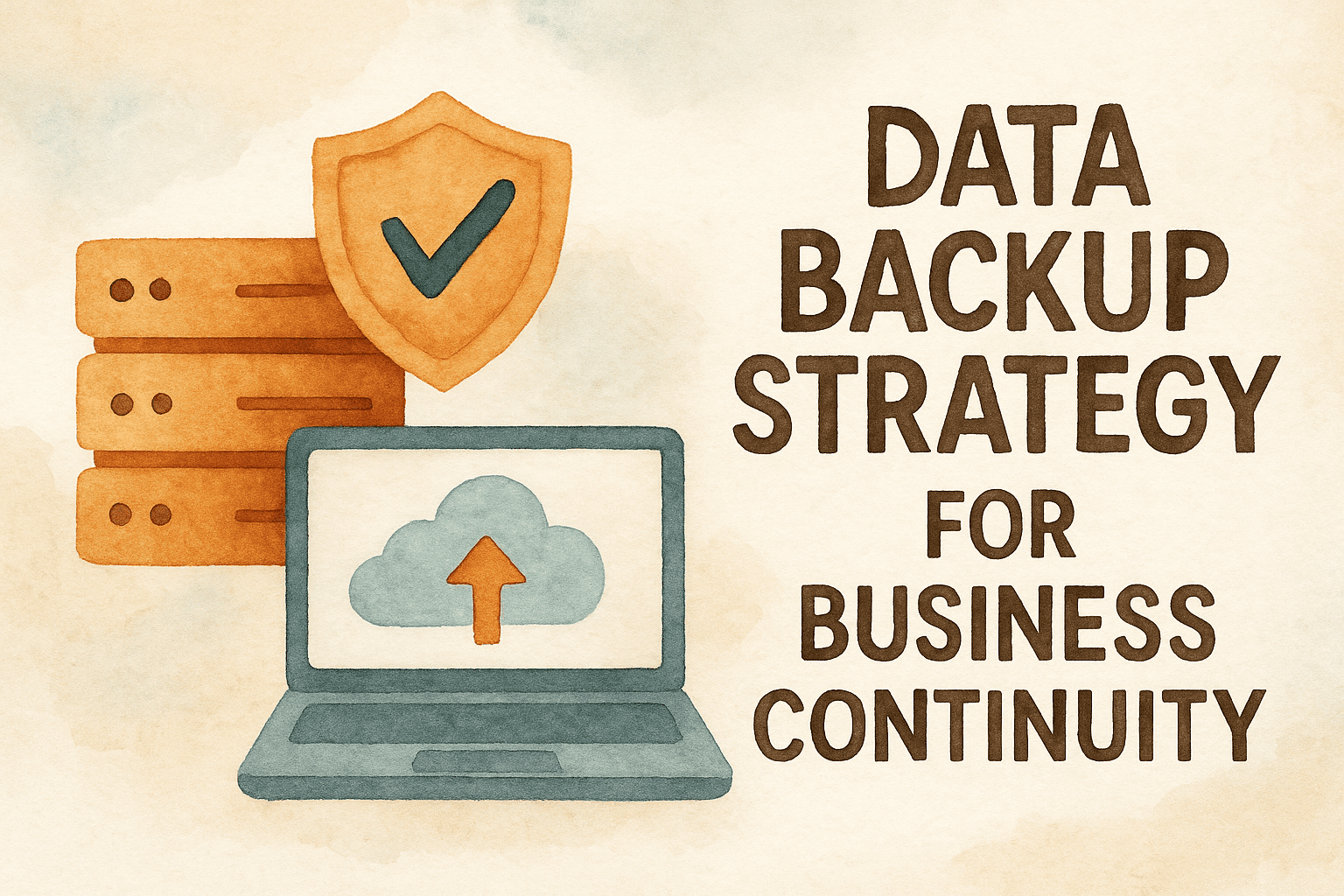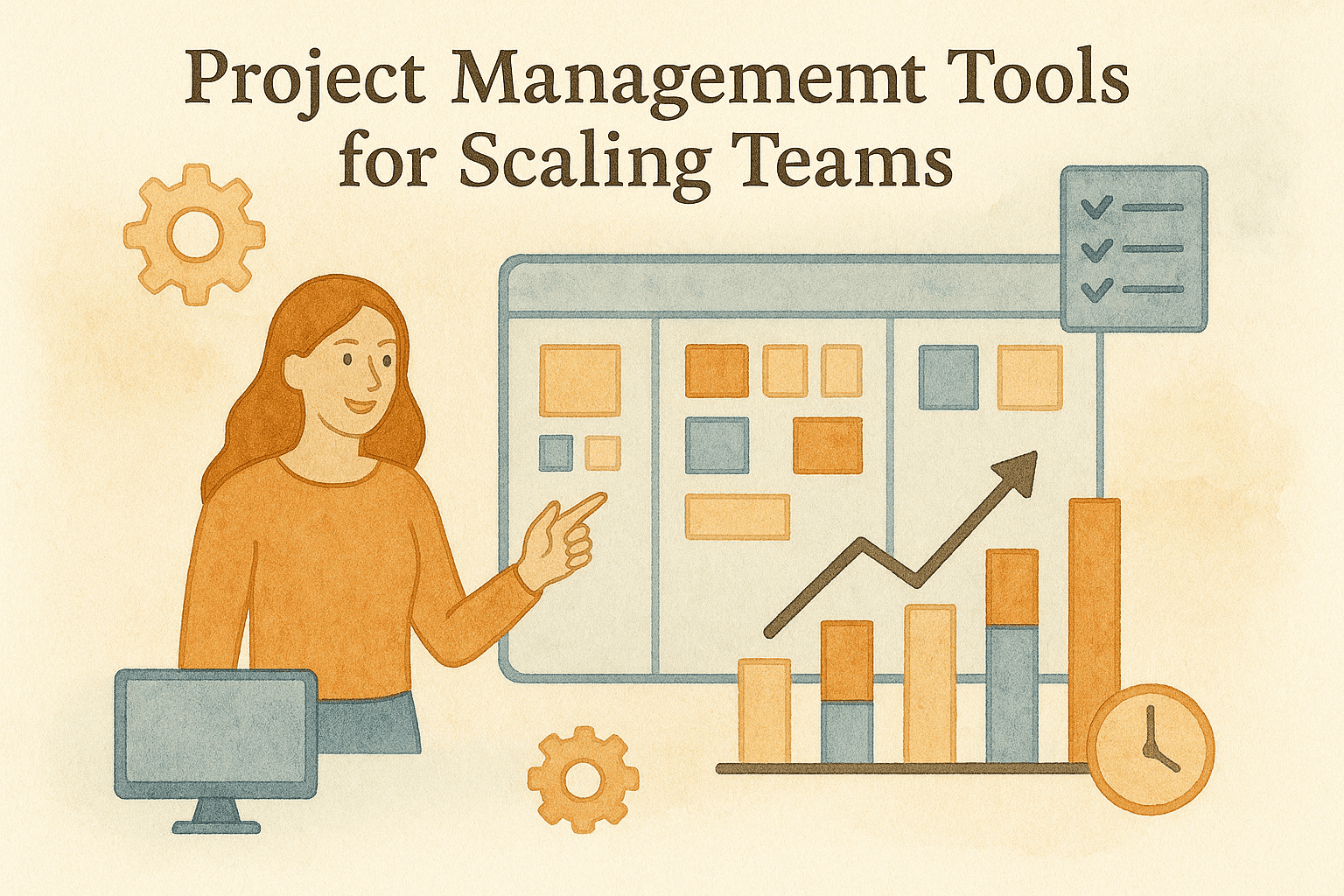IT Security Framework for Growing Companies
Updated:
January 12, 2025
13 minutes
The Growing Threat Landscape for eCommerce
The threat landscape for eCommerce is constantly evolving. Cybercriminals are becoming more sophisticated, and they are using a variety of new tactics to target online businesses. Some of the most common threats you need to be aware of include:
• Phishing: Phishing is a type of social engineering attack in which a cybercriminal attempts to trick you into revealing sensitive information, such as your passwords or credit card numbers.
• Malware: Malware is a type of malicious software that can be used to steal your data, disrupt your operations, or gain unauthorized access to your systems.
• Ransomware: Ransomware is a type of malware that encrypts your data and demands a ransom in exchange for the decryption key.
• Denial-of-service (DoS) attacks: A DoS attack is an attempt to make your website or other online services unavailable to legitimate users.
• Data breaches: A data breach is an incident in which sensitive, protected, or confidential data has been accessed, disclosed, or used by an unauthorized individual.
The 5 Pillars of a Scalable IT Security Framework
A scalable IT security framework is built on five key pillars, based on the NIST Cybersecurity Framework:
• Identify: You need to have a clear understanding of your assets, your risks, and your vulnerabilities. This will help you to prioritize your security efforts and to make informed decisions about where to invest your resources.
• Protect: You need to implement security controls to protect your assets from cyber threats. This includes everything from firewalls and antivirus software to employee training and access control.
• Detect: You need to have a system for detecting security incidents as they happen. This will help you to respond quickly and to minimize the damage.
• Respond: You need to have a plan for responding to security incidents. This should include everything from containing the incident and eradicating the threat to notifying customers and restoring your systems.
• Recover: You need to have a plan for recovering from a security incident. This should include everything from restoring your data from backups to communicating with your customers and stakeholders.
Designing Your IT Security Framework
Now that you understand the five pillars of a scalable IT security framework, let's take a closer look at how to design and implement each component.
1. Identify Your Assets, Risks, and Vulnerabilities
The first step is to identify your assets, your risks, and your vulnerabilities. This will require you to conduct a thorough risk assessment of your business. Your risk assessment should identify:
• Your critical assets: What are the most important assets to your business? This could include your customer data, your financial information, your intellectual property, and your website.
• The threats to your assets: What are the threats that could compromise your assets? This could include everything from cyber attacks to natural disasters.
• Your vulnerabilities: What are the weaknesses in your security controls that could be exploited by a threat?
2. Implement Security Controls to Protect Your Assets
Once you have identified your assets, your risks, and your vulnerabilities, you need to implement security controls to protect your assets. There are a number of different security controls to consider, but some of the most important for a scaling eCommerce brand include:
• Access control: You should implement a system of access control to ensure that only authorized individuals have access to your systems and data.
• Employee training: You should provide your employees with regular security awareness training to help them to identify and avoid cyber threats.
• Firewalls: You should use firewalls to protect your network from unauthorized access.
• Antivirus software: You should use antivirus software to protect your systems from malware.
• Data encryption: You should encrypt your sensitive data, both in transit and at rest.
3. Develop a System for Detecting Security Incidents
You need to have a system for detecting security incidents as they happen. This will help you to respond quickly and to minimize the damage. Your detection system should include:
• Log monitoring: You should monitor your system logs for any suspicious activity.
• Intrusion detection systems (IDS): An IDS can help you to detect and respond to cyber attacks in real-time.
• Security information and event management (SIEM) systems: A SIEM system can help you to collect and analyze security data from a variety of sources.
4. Create a Plan for Responding to Security Incidents
You need to have a plan for responding to security incidents. Your incident response plan should include the following steps:
• Containment: The first step is to contain the incident and to prevent it from spreading.
• Eradication: The next step is to eradicate the threat from your systems.
• Recovery: The final step is to restore your systems and data and to return to normal operations.
5. Establish a Plan for Recovering from a Security Incident
You need to have a plan for recovering from a security incident. Your recovery plan should include:
• Data backups: You should have a system for backing up your data on a regular basis.
• Disaster recovery plan: You should have a disaster recovery plan that outlines the steps you will take to recover from a major security incident.
• Communication plan: You should have a communication plan that outlines how you will communicate with your customers, your employees, and your stakeholders in the event of a security incident.
Maintaining Compliance and Security Standards
As your eCommerce business scales, maintaining compliance with relevant security standards and regulations becomes increasingly critical. Depending on your industry, location, and the type of data you handle, you may need to comply with various frameworks and regulations.
Key compliance requirements to consider:
• PCI DSS (Payment Card Industry Data Security Standard): If you process, store, or transmit credit card information, PCI DSS compliance is mandatory. This standard includes requirements for network security, access control, and regular security testing.
• GDPR (General Data Protection Regulation): If you serve customers in the European Union, you must comply with GDPR requirements for data privacy and protection. This includes obtaining explicit consent for data collection and providing customers with the right to access and delete their data.
• CCPA (California Consumer Privacy Act): For businesses serving California residents, CCPA provides similar protections to GDPR, giving consumers control over their personal information.
• SOC 2: This auditing framework is particularly important for SaaS businesses and demonstrates that you have appropriate controls in place to protect customer data.
Beyond regulatory compliance, implementing recognized security standards like ISO 27001 can help you demonstrate your commitment to security to customers and partners. Regular security audits, penetration testing, and vulnerability assessments should be scheduled to identify and address potential weaknesses before they can be exploited. As you implement these compliance measures and security standards, you'll build a robust foundation that not only protects your business but also builds trust with your customers and stakeholders.
Building a robust IT security framework is not optional for scaling eCommerce businesses—it's essential for long-term survival and success. The evolving threat landscape means that what worked last year may not be sufficient today, and the consequences of a security breach extend far beyond immediate financial losses to include damaged customer trust, regulatory penalties, and lasting reputational harm.
By implementing the five pillars of the NIST Cybersecurity Framework—Identify, Protect, Detect, Respond, and Recover—you create a comprehensive security posture that can adapt as your business grows and threats evolve. This framework provides a structured approach that scales from a small team handling hundreds of orders to an enterprise managing thousands of transactions daily.
Remember that IT security is not a one-time project but an ongoing commitment that requires regular attention, investment, and refinement. As you implement these security measures and maintain compliance with relevant standards, you'll not only protect your business and customers but also build a competitive advantage. In an era where data breaches make headlines regularly, customers increasingly choose to do business with companies they trust to protect their information. Your investment in security today is an investment in sustainable growth and customer loyalty for years to come.

